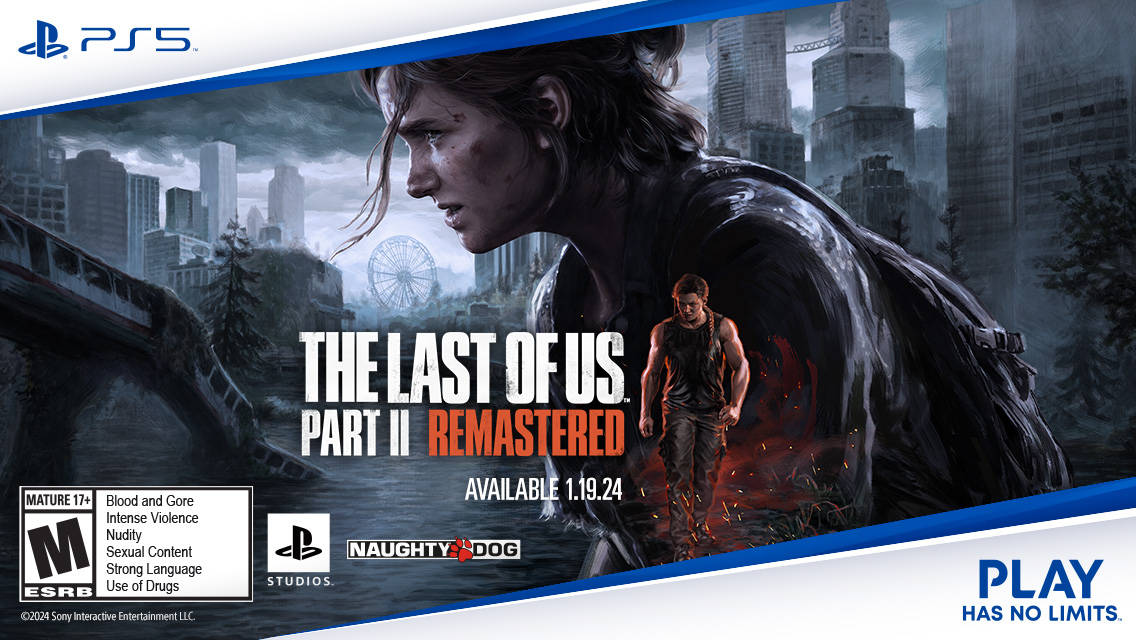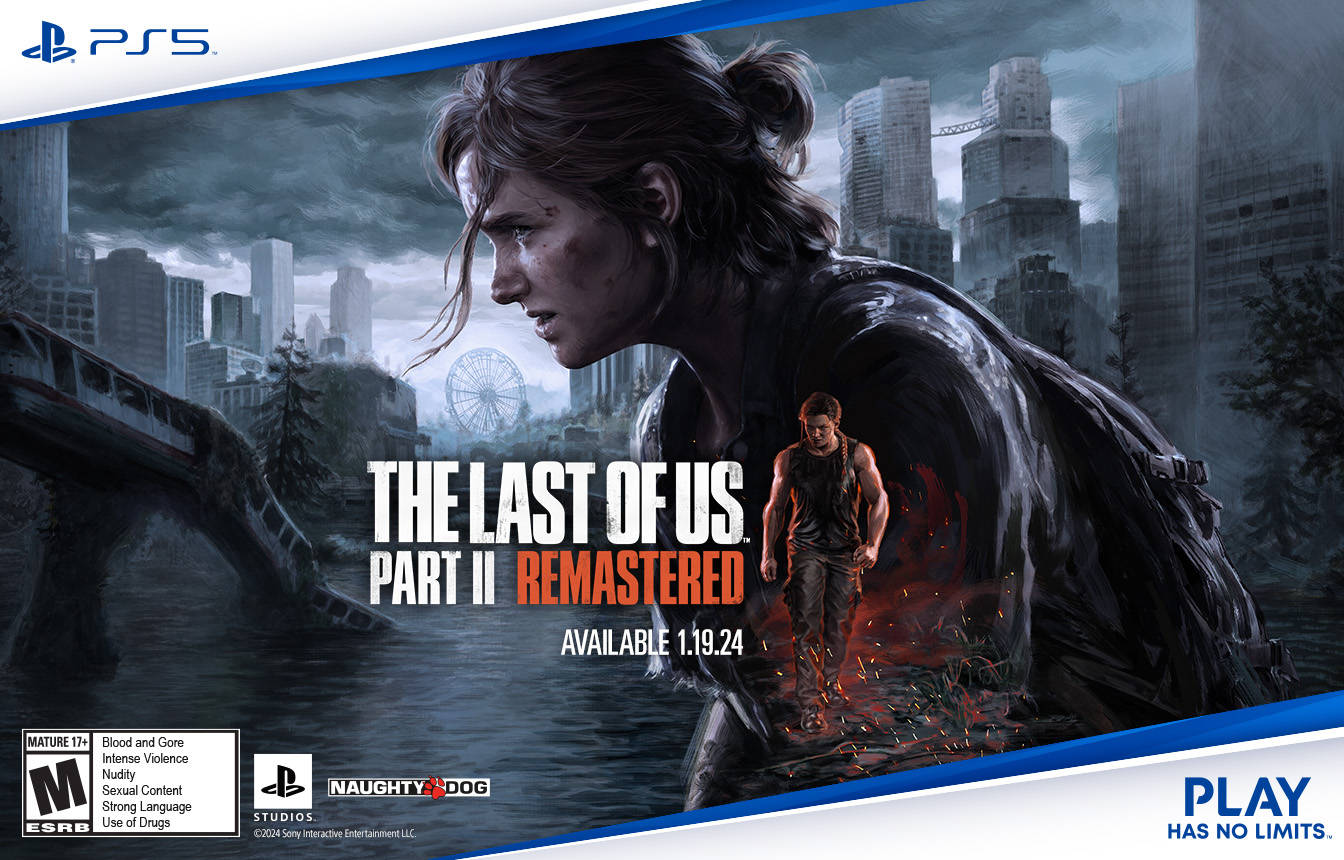I don’t care what FromSoftware or its president Hidetaka Miyazaki say about Sekiro: Shadows Die Twice. It’s much less forgiving than any of the studio’s Soulsborne games.
Any gamer who has a basic understanding for how controllers work and how action games generally play can beat a Dark Souls game, given enough time and enough grinding. In fact, I feel like the series has gotten even more accessible over the years, with Dark Souls III providing a challenging and yet ultimately modern, possibly even player-friendly experience.
Sekiro doesn’t provide the luxury of grinding to its players. You can definitely grind to an extent, but if you can’t master the game’s fairly basic moveset, grinding will only result in you wasting your time when you lose half of everything you’ve earned upon your inevitable death. Unlike Souls games, you can’t pick up the XP you’ve dropped. Until you fully “level up” and earn a skill point, Sekiro’s death system means you’ll lose half the XP and half the gold you’re currently holding. It’s a risk-reward system without the reward.
Right now, I’m standing just outside the arena for the final boss fight—or what I hope is the final boss fight—of what I’m assuming is the “good” ending. Sekiro’s quiet, threatening score is whispering at me in my headphones. I have no idea if I’ll be able to beat it. I’ve come this far, so it seems silly to back out now, but the sad truth is that I honestly couldn’t care less if I beat it or not. This is a new feeling for me when it comes to FromSoftware games.
Good games rarely demoralize me, and Sekiro is definitely a good game. I’ve beaten every other boss in the game so far, save for a few optional mini-bosses, all without employing any cheesy tactics. I played the game the way it wanted me to play it, by standing my ground, deflecting incoming attacks, dodging only when necessary, jump-kicking over sweep attacks, and countering thrust attacks with the ever-so-vital Mikiri technique. Xbox won’t tell me exactly how many hours I’ve played, but I’ve killed literally thousands of enemies. I’ve got experience under my belt, and I know what I’m supposed to do to beat this boss. I just can’t do it.
Sekiro’s combat is, in theory, more accessible than that of other FromSoftware titles. You only have one main weapon, the shinobi’s Kusabimaru katana, and a limited set of moves for it. You can attack with the right bumper and defend or deflect with the left bumper. Pressing both at the same time will unleash a powerful combat art move that can also leave you wide open for a counterattack from the enemy. Besides that, you can dodge and jump, grapple to higher ground, and use your prosthetic arm to perform several different kinds of tool-based attacks. You don’t have to manage your stamina, and you don’t even need to necessarily damage enemies. You just have to whittle them down and break their posture to perform an instant-kill deathblow before they break yours.
The posture system is Sekiro’s boldest innovation on From’s recognizable combat formula. In essence, managing your posture means that even when you’re on the defense, you have to play offensively. Sitting back and absorbing hits with your standard block will only last you for so long, because if an enemy breaks your posture before they finish their combo, you’re going to take some pretty massive damage. However, deflecting their attacks will not only chip away at their posture but also give you an opportunity to open them up with a quick counterattack, at the risk of missing your deflection window and taking a hit against your vitality. Considered fully, Sekiro is an action, rhythm, and fighting game wrapped in a deadly package, which can make it both exciting and absolutely infuriating, depending on what kind of player you are. As steel clashes against steel and the sparks fly, there’s nothing quite like Sekiro.
So, yes, the singular focus of Sekiro’s combat means anyone can pick it up and play it, and it leads to some of the most cinematic action that From has ever produced. You won’t have to learn how different weapons handle, what the best combos are for each weapon, and what kind of effect those weapons will have on your speed and stamina. But it also means that every fight, no matter the enemy, pretty much plays out exactly the same way. Sure, there are enemies that are better to dodge around than deflect, but most of the time the lack of options means that no matter who you’re fighting, every battle feels essentially the same. For better or worse, what you see is what you get with Sekiro.
I’m not saying that combat in Sekiro is bad, because it’s not even close to being bad. It’s actually really good at doing what it wants to do. It can be very fun and very frustrating, often simultaneously. All I am saying is that it’s not as accessible as Dark Souls, so don’t expect to jump in and start wrecking. It’s going to require a lot of practice and a lot of dying before you realize and comprehend your limits. It also means that if you can’t get into Sekiro’s particular brand of masochistic action, you can’t level up your character’s intelligence or faith and try a completely different tact. If you get stuck, there’s no good way to get unstuck, meaning you’ll be butting your head against the same boss again and again and again.
As with the grieving process, Sekiro’s boss fights also require several stages of personal transformation. The first stage is getting completely annihilated. The second stage is getting annihilated while figuring out the boss’ attack patterns and how you can counter them. The third stage is attempting to counter them and failing. The fourth stage is learning from every mistake and somehow, miraculously, winning.
I never felt triumphant after beating a boss in Sekiro. Sure, I felt like I had gotten better over the course of the fight, but I never felt that fist-pumping exaltation I’ve felt when facing down other FromSoftware bosses. The only thing I ever felt when beating a boss was relief. After beating Sekiro, if I ever do beat it, I doubt if I’ll ever go back and play it again. Again, this is a new feeling for me when it comes to FromSoftware games.
Instead of facing down certain enemies, you can also stab them in the back, thanks to Sekiro’s stealth mechanics. Early on in the game, stealth is going to be your best friend. You’re going to thank your god that From has given you the gift of stealth. It’s only later when you may realize that the stealth in Sekirois pretty rudimentary, possibly even bad. Sekiro’s AI just isn’t built for a satisfying stealth experience. Since they don’t really have any sort of significant pathing, Sekiro’s enemies kind of just stand in one place, waiting for you to stab them in the back or jump on them from a higher vantage point. Killing one often means alerting the rest of them, but you can just run away and they’ll forget about you pretty easily. Stealth, therefore, can become a cheese factory if you let it. In some ways, it’s a mercy, but it doesn’t make for a very fun or engaging stealth system, and the fact that stealth barely ever factors into the boss fights themselves makes it stand out as a secondhand mechanic.
There’s also a story. It’s fine. It isn’t as good as the story you’ll be writing in your head as you play through each area, and it isn’t as compelling as the journey you’ve embarked on in other From games, but it is nice to play as a character that talks, even if he’s got the personality of a trained dog and not much else.
Like other FromSoftware titles, Sekiro: Shadows Die Twice is as much an experience as it is a game. There’s nothing quite like getting your ass handed to you again and again and having to sit through loading screens repeatedly. These kinds of games forge obsession, community, and outrage, more than any other single-player games I know, and that’s something special. But, looking back on my time with it and looking forward to the boss fight I still have to complete, I can safely say that I’ve hated playing this game. It’s a fantastic game. It’s lively, cruel, and beautiful, and I can’t stand it anymore.
|
★★★★☆
Sekiro: Shadows Die Twice will try your patience. As you might expect given its developer, it’s a devastatingly difficult game that will require your skill and concentration. It’s beautifully designed, with a clever new combat system and some of the most cinematic action ever in a From game, and it will kill you over and over again. All told, it’s the best game I’ve ever hated, and I never want to play it again. |
Developer FromSoftrware Publisher Activision ESRB M - Mature Release Date 03.22.19 |
| Sekiro: Shadows Die Twice is available on PlayStation 4, Xbox One, PC. Primary version played was for Xbox One. Product was provided by Activision for the benefit of this coverage. EGM reviews on a scale of one to five stars. | |

Michael Goroff has written and edited for EGM since 2017. You can follow him on Twitter @gogogoroff.





